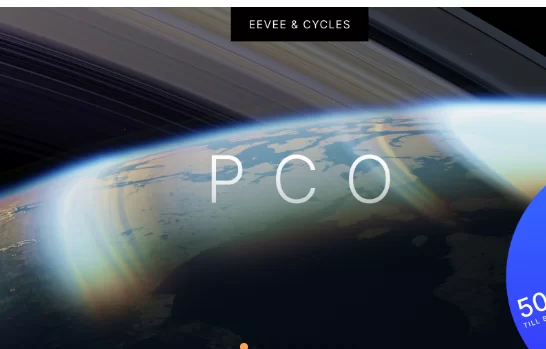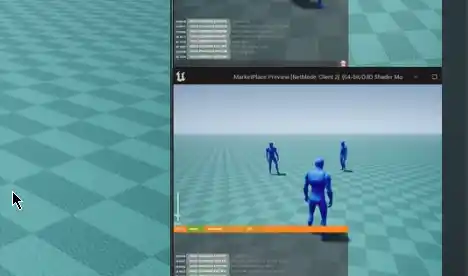Physical Celestial Objects v1.0.0 Crack Free Blender Download
Breathtaking real-scale planets in a single click
Physical Celestial Objects lets you create physically accurate planets on a real scale with just a few clicks.
Add celestial bodies
Choose how the planet looks by setting image Textures (Albedo, Roughness, Height map, Emission)
Set the radius and rotation
Position planet using either
Global position (x, y, z)
Relative to the viewer (distance, azimuth, elevation)
Elliptical orbit (select another planet, object, or point to orbit around)
Enable Atmosphere and adjust the settings
Enable Rings
No compromise precision
You are free to scale up your planets using real-world measurements and distances without having to worry about precision loss, z-flighting, and shadow distances.
Cinematic Atmosphere
Our atmosphere is built with a multi-layer system in mind. You can individually assign properties to each layer to build your own unique atmospheres. Our physics based ray-marcher takes care of mixing it all together.
Procedural Rings
Planetary rings can be customized to build eye-catching worlds. Rings interact with the atmosphere and the planet surface – cast shadows and indirect light.
etc
1.0
TBD
Atmosphere with 6 Layers
In our upcoming update, we’re enhancing planetary realism with a six-layer atmospheric model for full customization.
Lower Aerosol layer influences visibility and subtly shifts surface coloration, vital for realistic light-particle interaction.
Clouds layer above introduces dynamic, changing weather patterns, essential for creating authentic weather impacts.
Rayleigh Scattering layer takes charge of light diffusion, coloring the sky blue during the day and adding reds and oranges at sunset.
Ozone layer subtly alters higher altitude sky colors, absorbing ultraviolet light and adding atmospheric depth.
Airglow layer, higher in the atmosphere, simulates the faint light emission, crucial for night sky realism.
Aurora layer brings to life the dazzling polar light shows, resulting from solar particles interacting with magnetic fields.
Together, these layers form a finely tuned system, crucial for realistic, high-fidelity planetary atmospheres.











Post Comment